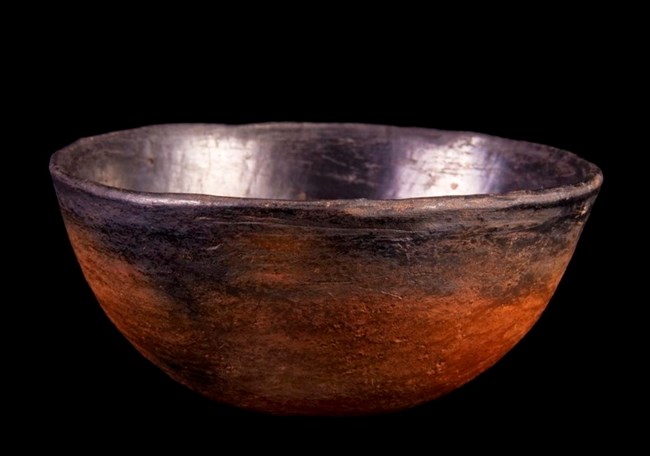|
The high, arid Colorado Plateau region is world-renowned for its many well-preserved archeological sites. We may think first of excavations or arrowheads, but archeology involves a wide range of structures and objects - all the things used by past peoples in their daily lives. Archeologists study all these resources - from the smallest piece of pottery, to charcoal and food remains, to the rock and wood remains of large buildings. These things, and the places where they are found, teach us more about the people who lived here and help us to connect their lives with ours. 
NPS/NAU PotteryAlmost everywhere that clay was available, agricultural societies developed the skill of pottery manufacture. In the southwestern United States, pottery making was a household industry. This resulted in the production of large amounts of pottery, much of which still exists today. Remnant pieces of pottery, called sherds or potsherds, are common across the region, and are difficult to destroy. One of the reasons, then, that archeologists spend so much time studying pottery, is that it exists in much larger quantities than highly perishable materials such as baskets, clothing, or other organic material. When examining pottery of different cultures, archeologists study the clays and other materials used, the manufacturing methods, and the types of decoration. Types of pots Protection |
Last updated: March 1, 2022
